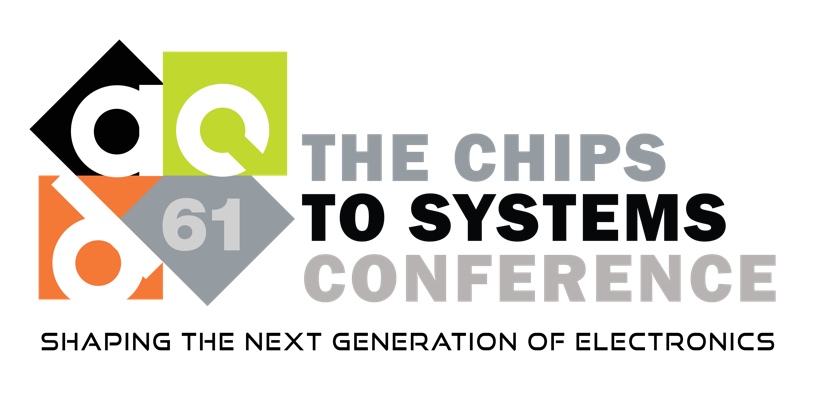Presentation
Invited: Physical Design for Heterogeneous Integration: Challenges and Solutions
DescriptionTo achieve the power, performance, and area (PPA) target in modern semiconductor design, the trend to go for More-than-Moore heterogeneous integration by packing various components/dies into a package becomes more obvious as the economic advantages of More-Moore scaling for on-chip integration are getting smaller and smaller. In particular, we have already encountered the high cost of moving to more advanced technology and the high fabrication cost associated with extreme ultraviolet (EUV) lithography, mask, process, design, electronic design automation (EDA), etc. Heterogeneous integration refers to integrating separately manufactured components into a higher-level assembly (in a package or even multiple packages in a PCB) that provides enhanced functionality and improved operating characteristics. Unlike the on-chip designs with relatively regular components and wirings, the physical design problem for heterogeneous integration often needs to handle arbitrary component shapes, diverse metal wire widths, and different spacing requirements between components, wire metals, and pads, with multiple cross-physics domain considerations such as system-level, physical, electrical, mechanical, thermal, and optical effects, which are not well addressed in the traditional chip design flow. In this talk, I will first introduce popular heterogeneous integration technologies and options, their layout modeling and physical design challenges, survey key published techniques, and provide future research directions for modern physical design for heterogeneous integration.
Event Type
Special Session (Research)
TimeTuesday, June 2510:30am - 11:00am PDT
Location3006, 3rd Floor
EDA


